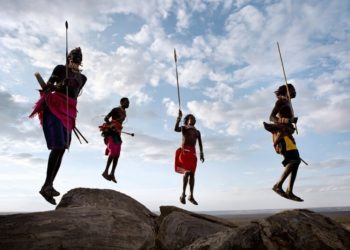As Kenya enters the cold season of June 2025, the latest forecast by the Kenya Meteorological Department brings more than just a weather update, it offers an opportunity if well utilized. While much of the country will experience dry and sunny conditions, key regions such as the Lake Victoria Basin, the Highlands West and East of the Rift Valley including parts of Nairobi, the Central and Southern Rift Valley, and North western Kenya are expected to receive above-normal rainfall. These rains are not just a climate event, they are a resource we must not waste.
With the high cost of living, growing food insecurity with 2.0 million Kenyans estimated to be facing acute shortage in March 2025 by World Food Program, and rising youth unemployment, Kenyans must prepare to utilize these rains for productive use. Now is the time we invest in rain dependent opportunities that build resilience and prosperity.
The forecast indicates that rainfall in agricultural regions like Uasin Gishu, Trans Nzoia, Kisii, and Nyamira will be above average. Farmers in these zones should take advantage of the rains to plant short-season crops such as beans, peas, and vegetables. For livestock farmers, it’s a good period to collect fodder for the drier months ahead.
In regions like Nairobi, Nyandarua, and parts of Laikipia, light rains are expected, along with overcast conditions. These seemingly mild showers can still fill rainwater tanks and underground reservoirs. Households, schools, and public institutions should install or repair water harvesting systems to boost supply, reduce dependency on expensive piped water, and enhance water security for both domestic and agricultural use.
This can also be an opportunity to support the government’s target of planting 15.0 billion trees by 2032 which is a national development goal,as it presents ideal conditions for seedling planting. Local communities, should therefore organize tree planting drives, which also generate income under carbon credit programs and land restoration schemes.
While rain brings life, it can also bring risk. Flooding may occur in low-lying areas of the Lake Victoria Basin, and cases of respiratory illnesses are expected to rise in colder zones like Nairobi and the Central Highlands. Residents should be guided therefore on proper dressing, health safety, and avoiding flood-prone areas. Timely use of rain forecasts can also help mitigate transport and safety hazards caused by slippery roads or fog.
This forecasted rainfall is therefore a gift but only if we choose to use it wisely. By turning rain into opportunity, we can build a more food-secure, green, and economically empowered future.
















